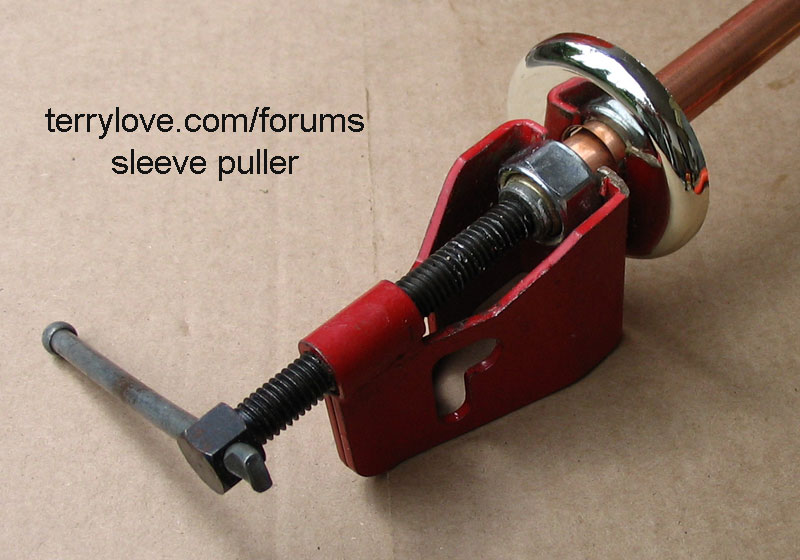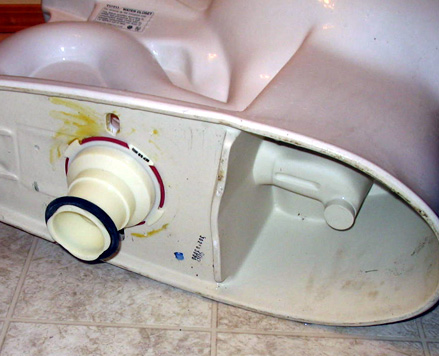Vitaliy
New Member
Hi Everybody,
Next weekend I will be replacing old toilet (I have no idea how old it is,
drain made of cast pipes) with new one.
What kind of unexpected problems I may step in and how to be
prepared for them?
What parts (other then new flex supply tube, wax ring(s) and
mounting screws) and special tools I may need?
Should I consider Fluidmaster instead of that wax ring?
Thank you,
- Vitaliy
Next weekend I will be replacing old toilet (I have no idea how old it is,
drain made of cast pipes) with new one.
What kind of unexpected problems I may step in and how to be
prepared for them?
What parts (other then new flex supply tube, wax ring(s) and
mounting screws) and special tools I may need?
Should I consider Fluidmaster instead of that wax ring?
Thank you,
- Vitaliy


